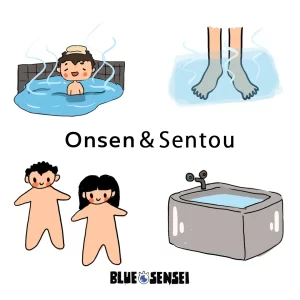
Exploring Japan’s Onsen and Sentou Culture
Today, I’m going to share with you one of my favorite recent hobbies: visiting Japanese hot springs (onsen) and public baths (sentou).
This article was generated by AI using the original script from the podcast “Winter in Japan by Kaori” recorded on December 15, Sunday at 17:00.
After a bit of a break, I’m back and ready to dive into another fascinating topic: winter in Japan! Whether you’re a fan of snowy adventures or prefer to stay cozy indoors, Japan’s winter season has something magical for everyone. From lively festivals to mouthwatering food, let’s explore what makes winter in Japan so special.
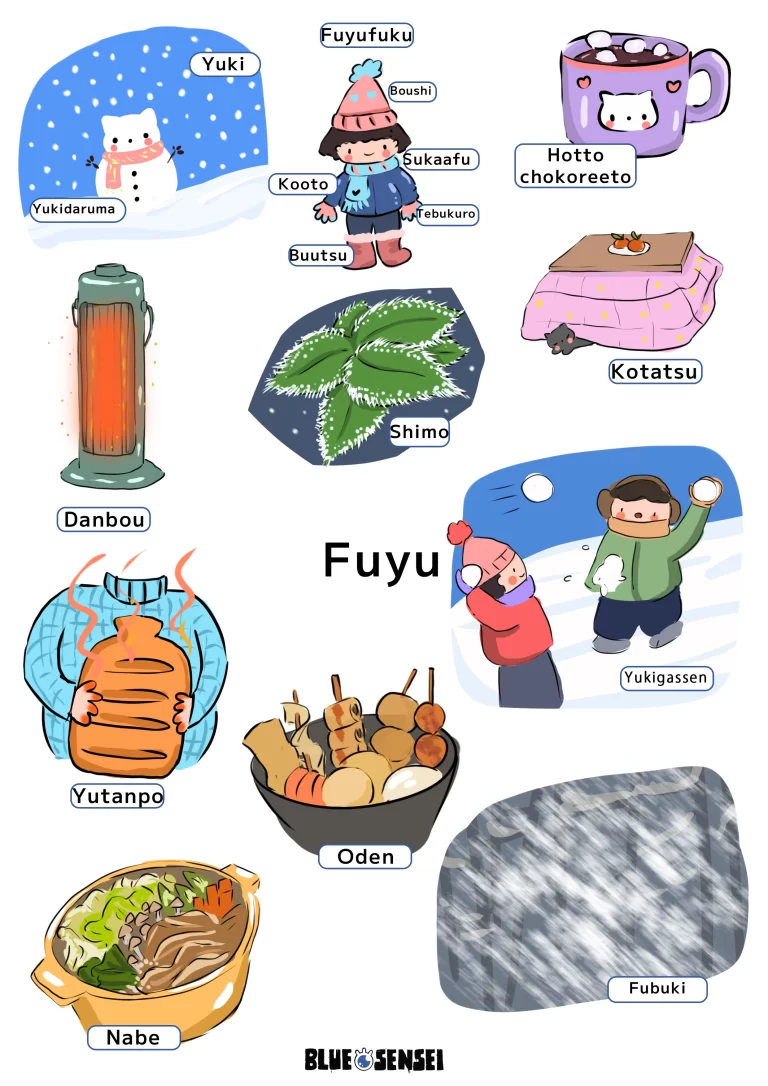
Japan knows how to make every season special, and winter is no exception. Some of the country’s most iconic festivals happen during this time, starting with the famous Sapporo Snow Festival (Sapporo Yuki Matsuri). Held every February in Hokkaido, this festival is a winter wonderland of massive snow sculptures and ice art. Fun fact: it all began in 1950 when a group of high school students built a few snow sculptures for fun. Today, it’s an international event, attracting visitors from all over the world.
If Sapporo feels a bit far, there are other snow festivals worth visiting. One I’ve personally enjoyed is the Tokamachi Snow Festival in Niigata. Legend has it, this festival started because Emperor Showa once remarked how dull the snowy landscape was. The locals took the hint and began creating stunning snow sculptures and performances to brighten things up. The highlight? A massive ice stage where performers brave the cold to put on unforgettable shows—skirts and all!
Another unique festival is Akita’s Namahage Sedo Festival, where locals dress as Namahage, mythical demon-like figures, to scare children into good behavior. It might sound strange (and honestly terrifying), but it’s rooted in a cultural belief that the Namahage bring blessings and ward off misfortune.
Finally, for something peaceful and picturesque, the Shirakawa-go Illumination event is a must-see. Shirakawa-go, a UNESCO World Heritage site, is a historic village famous for its gassho-zukuri houses (with steep, thatched roofs). In winter, the village is blanketed in snow and beautifully lit, creating a postcard-perfect scene.
No discussion of winter in Japan would be complete without mentioning Yuki-onna, the “Snow Woman.” This ghostly figure appears in countless legends and stories as a mysterious spirit tied to the snow. Sometimes benevolent, sometimes vengeful, Yuki-onna is said to drift through snowy landscapes, leaving a haunting presence wherever she goes. She’s so iconic that she’s often featured in anime, games, and other media.
While Japan’s past is filled with myths and traditions, today’s winter activities are equally exciting. Skiing and snowboarding are incredibly popular, especially in regions like Nagano and Hokkaido. It’s such a common hobby in Japan that many people treat it as casually as summer trips to the beach.
Another winter delight is onsen (hot springs), especially outdoor ones surrounded by snow. Imagine soaking in steaming hot water while the snow falls around you—it’s pure bliss. One of the most famous spots is Jigokudani Monkey Park in Nagano, where wild monkeys bathe in natural hot springs. It’s a sight you can’t miss!
And let’s not forget Christmas in Japan. While it’s not a traditional holiday, the festive spirit takes over every city with dazzling illuminations and Christmas markets. It’s like stepping into a magical winter wonderland straight out of a movie.
Winter in Japan isn’t just about the scenery; it’s also a feast for your taste buds. The ultimate winter dish? Nabe. This hot pot dish, filled with vegetables, meat, and seafood, is perfect for sharing with family or friends. Variations like sukiyaki and shabu-shabu add a fun, interactive element to the meal.
Another favorite is oden, a lighter stew of fish cakes, tofu, and vegetables simmered in a flavorful broth. You can find it everywhere, from convenience stores to street stalls, and it’s perfect for warming up after a cold day.
For street food, yakiimo (roasted sweet potatoes) reign supreme. Vendors roam the streets with carts, calling out in sing-song voices as they sell these piping hot snacks. They’re simple, nostalgic, and delicious.
And don’t miss out on amazake, a sweet, warm drink made from fermented rice. Often sold at festivals and shrines, it’s the perfect way to stay cozy while enjoying the winter atmosphere.
From snow-covered villages to hot springs and hearty meals, winter in Japan is an unforgettable experience. Whether you’re braving the cold for a festival or indulging in comfort food at home, there’s something special about this season that captures the heart.
What’s your favorite winter tradition or dream activity? Perhaps one day, you’ll find yourself soaking in an onsen, surrounded by snow, with a bowl of hot nabe waiting for you afterward. Until then, stay warm, stay inspired, and I’ll see you in the next post!

Today, I’m going to share with you one of my favorite recent hobbies: visiting Japanese hot springs (onsen) and public baths (sentou).
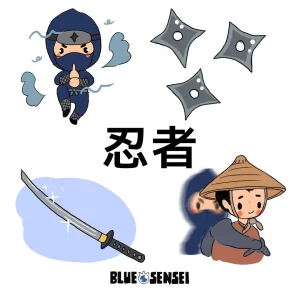
In this blog post, we’ll explore the historical roots of ninjas, their cultural impact, and how they’ve evolved in popular culture.

This blog aims to offer a surface-level understanding of how feminism is perceived and practiced in Japan today, combined with some personal reflections.

We’re stepping into the chilling world of Yotsuya Kaidan (四谷怪談)—arguably Japan’s most iconic ghost story.
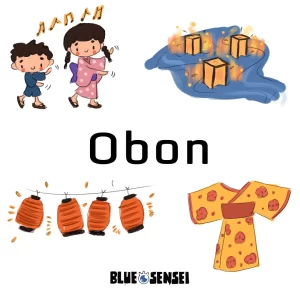
Welcome back to another cultural deep dive with Blue Eye Sensei! Today, we’re exploring one of Japan’s most important and spiritually rich festivals—Obon (お盆).
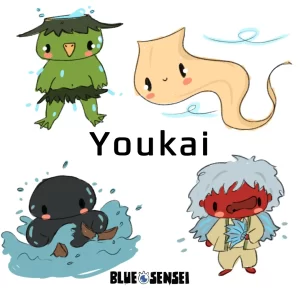
We will explore the fascinating world of Japanese yokai, the supernatural creatures deeply embedded in Japanese culture.